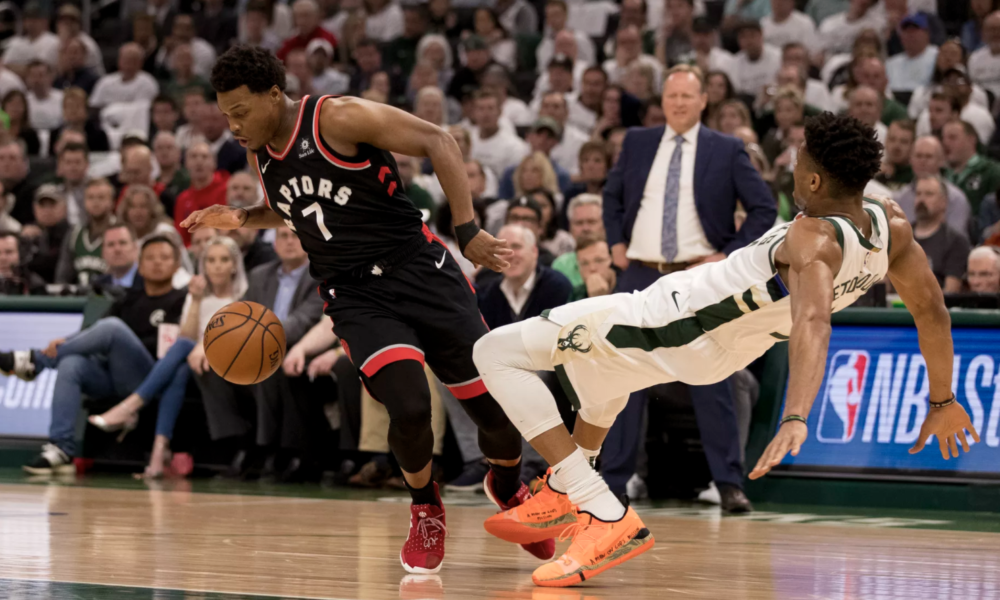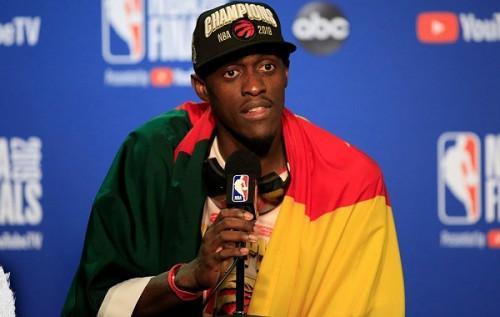The idea of a basketball game being played in a packed arena is so far removed from my imagination that I can’t think of a basketball topic let alone a position on a basketball topic. It’s even weird watching TV shows. I had Better Call Saul on and half the time I mused to myself about those days when we could talk to people. The contrast in the show’s situation and our present lives made the basic premise of people being able to interact seem unrelatable. A tad dramatic, I know, but still. That’s what I felt at the time and nobody can say I felt otherwise. That’s the thing about feelings: they’re personal and often non-deterministic, i.e., even for the same input, different behaviors are exhibited. It’s why the phrase you should feel always felt dirty and invasive. I’ll feel whatever I want to feel.
In this interim world before things hopefully become “normal” the theatrical productions aren’t in theaters but on podiums across the world. World leaders holding the camera at impossibly unflattering angles telling their nations that they must resist their natural urges and stick to social distancing because that’s what the analytics tell us – poor Boris Johnson, the guy looks like someone handed him a Rubik’s Cube for the first time and he’s got to solve it on live TV. The analytics of Dr. Tam and Dr. Fauci are the analytics that are far more reliable than what this site usually talks about. These analytics are rooted in diverse, high-volume sample sizes, extremely quick testing of assumptions, and frequent updates to the model (not just the data, but the actual model).
Now, if you’re someone who relies on NBA analytics/stats to at least partially form their opinion of a player or team, but you don’t social distance, then we can only conclude that there is fault in your thinking. I suppose what I’m saying is that if you don’t think there’s approximately a 43.5% chance of a Steph Curry three going in, only then is it logical for you to not social distance. You’re wrong in both cases but at least you’re consistently wrong. Or looking at it the other way, if you think Steph Curry is a good three-point shooter then you should social distance because the scientific view on social distancing is bulletproof compared to anything else, let alone Curry’s ability to hit a three. But that is rational thinking and as social sciences and behavioural economics have taught us we are anything but rational.
Much like building a basketball team this is a problem of shifting constraints. When a GM is building a team they will alleviate their weaknesses by trading from their surplus while hoping their key strengths which serve as advantages remain intact. It is a game of cat and mouse where you’re trying to maximize the value of your assets. Sometimes your defense may be so suspect that you’ll have to keep terrible offensive players on just so the floodgates don’t open (hello every small forward between Tracy McGrady and Kawhi Leonard). Or you may have an injury situation where you’re not even trying to win games but buying time for the injuries to subside. With unlimited resources you may act differently but constrained resources force decisions and prioritization. This is no different than what leaders across the world are doing. In most instances they’re buying time so the queues that wait for the beds are kept manageable. In a large amount of cases its managing the medical supplies for the care providers so that there’s enough of them. As one problem subsides because of a constraint being alleviated, another rises because of the same reason. You shift. Inspect and adapt. It is classic Theory of Constraints – a management paradigm that has withstood the test test of time over and over again.
The reporters asking questions related to the timeliness of the response and whether we all responded too late is an interesting one. On one hand the question in itself is a waste of time because we all know the answer. What the question should be rephrased as to be more in line what the questioner wants is, Are you willing to admit that you failed to respond in time? That won’t get an honest response either but it would be a more direct question. All inquiries should be made but I can’t help find the content of the question misaligned with its timing and a distraction from the goal of curve flattening. I want my pound of flesh for sure, but I don’t need it at this very moment.
“A common danger unites even the bitterest enemies”, Aristotle once pondered presumably while pondering how having a common vulnerability would divide the best of friends. Philosophical mumbo-jumbo aside, there is a bright side in all of this and it’s humanity’s general response which has cut across social, political and economic boundaries. There are still have’s and have not’s (there always will be), but the concern is genuinely for everyone. Toronto may be on the wrong side of the curve right now, but the first encouraging signs are being seen. For example, I was at Lady York and for the first time in a while I thought people felt comfortable that food wasn’t going to run out. Perhaps the comfort of knowing that your belly will be full is the first step in people seriously committing to social distancing.
I don’t know how much is true of Maslow’s Hierarchy of Needs. Apparently it’s been wrong all along but if you do subscribe to it then it can’t be that difficult to also buy that people need to be able to feel safe enough in the knowledge that they won’t die of hunger before they take action to thrive. If social distancing feels like taking a livelihood risk, then you can throw the analytics out the window because people will feel what they feel. To change how they feel in the absence of safety is to construct an entirely new meaning of safety and we don’t have the time or the Sigmund Freud for that.
And now my rambling has ended.



